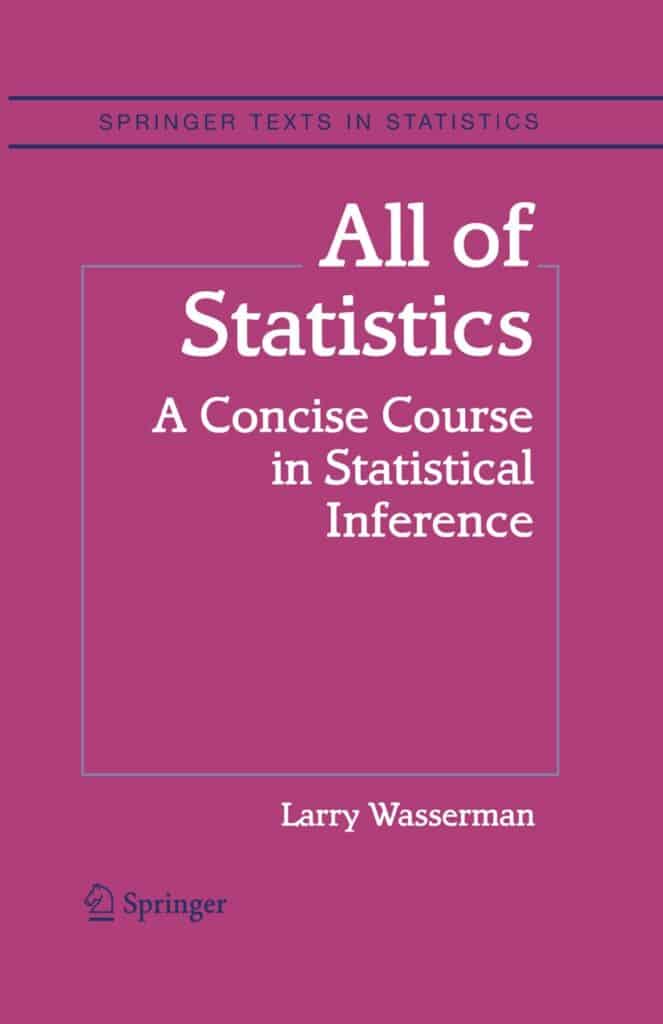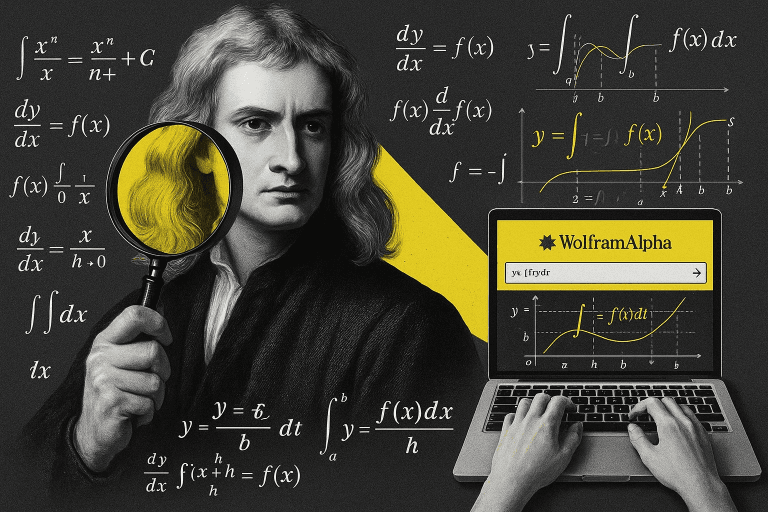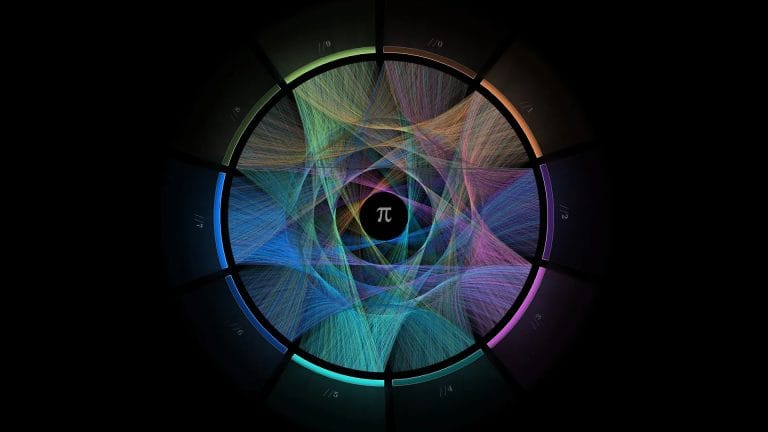Machine learning is a complex topic, and it can be daunting for beginners to know where to start. However, with the best machine learning books, anyone can learn the basics of machine learning and start using it to make predictions or recommendations. If you’re looking to start learning machine learning, reading machine learning books is the best way.
This list contains the twenty best machine-learning books for beginners and experts alike. This selection covers various topics and skill levels, from machine learning theory to practical applications. Whether you’re just starting or an experienced machine learning practitioner, these books will provide invaluable knowledge and guidance as you continue your machine learning journey.
What are the best machine learning books for beginners?
This blog post will share our top 20 best machine-learning books for beginners and experts. Whether you are just getting started or want to deepen your understanding of this exciting field, these books will help you achieve your goals. So dive in and choose the one that’s right for you!
If you enjoy this list and if you need to learn mathematics, you should check 30 Best Math Books to Learn Advanced Mathematics for Self-Learners. If you need another guide, you can also check out this guide from Ycombinator.
In their eye-opening book, The Secret Life of Data: Navigating Hype and Uncertainty in the Age of Algorithmic Surveillance, authors Aram Sinnreich and Jesse Gilbert unpack the complex web of data surveillance and its implications in our digital age.
Having previously prided myself on blocking social media ads and maintaining my privacy, I was taken aback when a nostalgic Facebook ad led me to download a game I once loved, a clear indication of social media’s subtle power. This personal experience heightened my interest in the book, as it delves into how seemingly innocuous bits of information are transformed into powerful data that can be wielded against us.
Sinnreich and Gilbert argue compellingly that data’s “secret life” impacts every facet of our existence—from personal relationships to political landscapes—challenging us to reconsider the information we share. While some themes, like the effects of social media and the revelations of Edward Snowden, felt familiar, others provided fascinating insights that have left me contemplating the pervasive nature of data in our lives.
I now feel more informed and motivated to critically assess my digital footprint. The realization that our shared data has far-reaching consequences is a wake-up call, urging us to be more discerning about how and what we share in our increasingly interconnected world. I encourage others to engage with this important dialogue, nurturing a collective awareness about our hidden data lives.
This introduction to decision theory offers comprehensive and accessible discussions of decision-making under ignorance and risk, the foundations of utility theory, the debate over subjective and objective probability, Bayesianism, causal decision theory, game theory, and social choice theory. No mathematical skills are assumed, and all concepts and results are explained in non-technical and intuitive as well as more formal ways.
Over 100 exercises with solutions and a glossary of key terms and concepts exist. An emphasis on foundational aspects of normative decision theory (rather than descriptive decision theory) makes the book particularly useful for philosophy students. However, it will appeal to readers in various disciplines, including economics, psychology, political science, and computer science.
Statistics education often neglects the important calculus-based math-stat sequence. It typically consists of a probability theory course followed by a statistical theory course. However, many educators believe that the first course focuses too much on probability theory, while the second course overlooks recent developments in statistics.
Wasserman seeks to address this issue with his book, All of Statistics. Though the title may be a bit ambitious, the content reflects its spirit. The book was born out of the need for a resource that provides a quick understanding of modern statistics for computer science students. As a result, it includes chapters on graph theory and highlights the significance of computer science in statistical theory.
One commendable aspect of All of Statistics is its concise treatment of probability theory. It covers the topic in just 86 pages, with a chapter on convergence of random variables. The second part focuses on statistical inference and goes beyond the usual topics, exploring the bootstrap, Bayesian inference, and statistical decision theory. The final part delves into various statistical models and methods, ranging from regression and multivariate models to causal inference and simulation. These topics go beyond what is typically covered in mathematical statistics courses. The author notes that All of Statistics only requires calculus and some algebra knowledge from the readers.
Despite its merits, All of Statistics demands mathematical maturity beyond a basic calculus background. Its mathematical content is denser than that of typical books on mathematical statistics. Students may require guidance from their instructors to navigate the notation and absorb the material. Additionally, instructors will need to explain the importance of certain topics and theorems.
To provide a comprehensive review, it would be valuable to hear from students who have used All of Statistics in a course. Without their input, one can only speculate on their experience. It is likely that a one-semester course with All of Statistics would leave students overwhelmed, while a two-semester course may leave them with a sense of accomplishment but still struggling to fully grasp the content. The presentation of the material is elegant and exposes students to vital concepts.
“Computability and Logic” has become a classic because of its accessibility to students without a mathematical background. It covers not simply the staple topics of an intermediate logic course, such as Godel’s incompleteness theorems, but also many optional topics, from Turing’s theory of computability to Ramsey’s theorem.
Including a selection of exercises, adjusted for this edition, at the end of each chapter, it offers a new and simpler treatment of the representability of recursive functions, a traditional stumbling block for students on the way to the Godel incompleteness theorems.
Introduction to the Theory of Computation builds upon the strengths of the previous edition. Sipser’s candid, crystal-clear style allows students at every level to understand and enjoy this field. His innovative “proof idea” sections explain profound concepts in plain English.
The new edition incorporates many improvements students and professors have suggested over the years and offers updated, classroom-tested problem sets at the end of each chapter.













